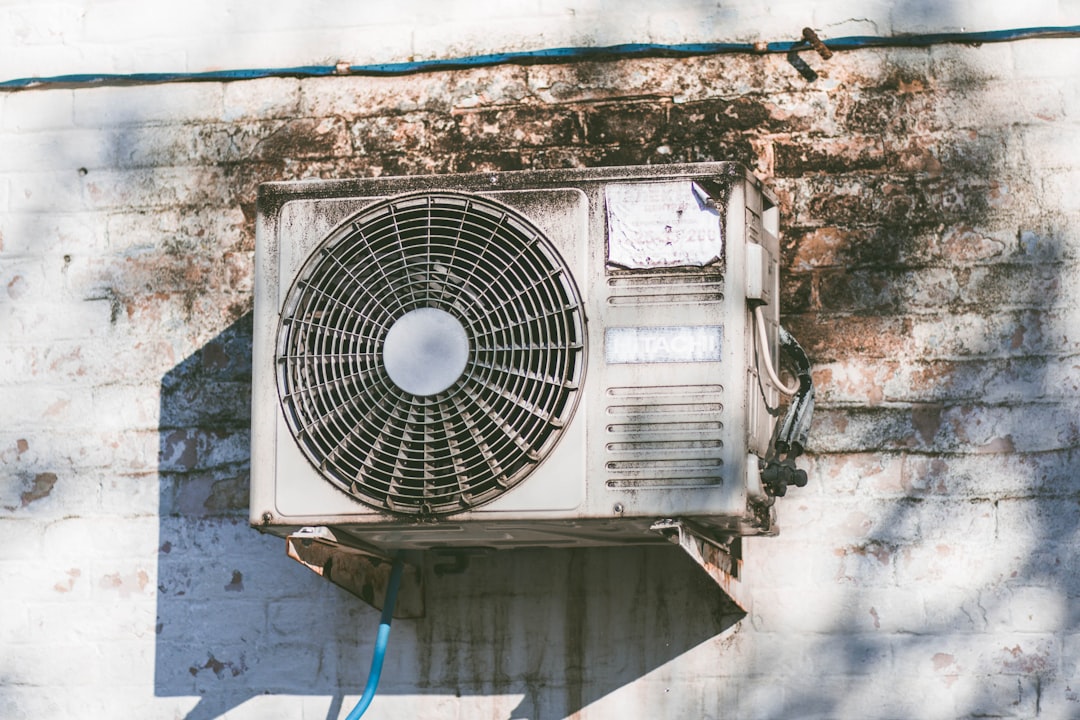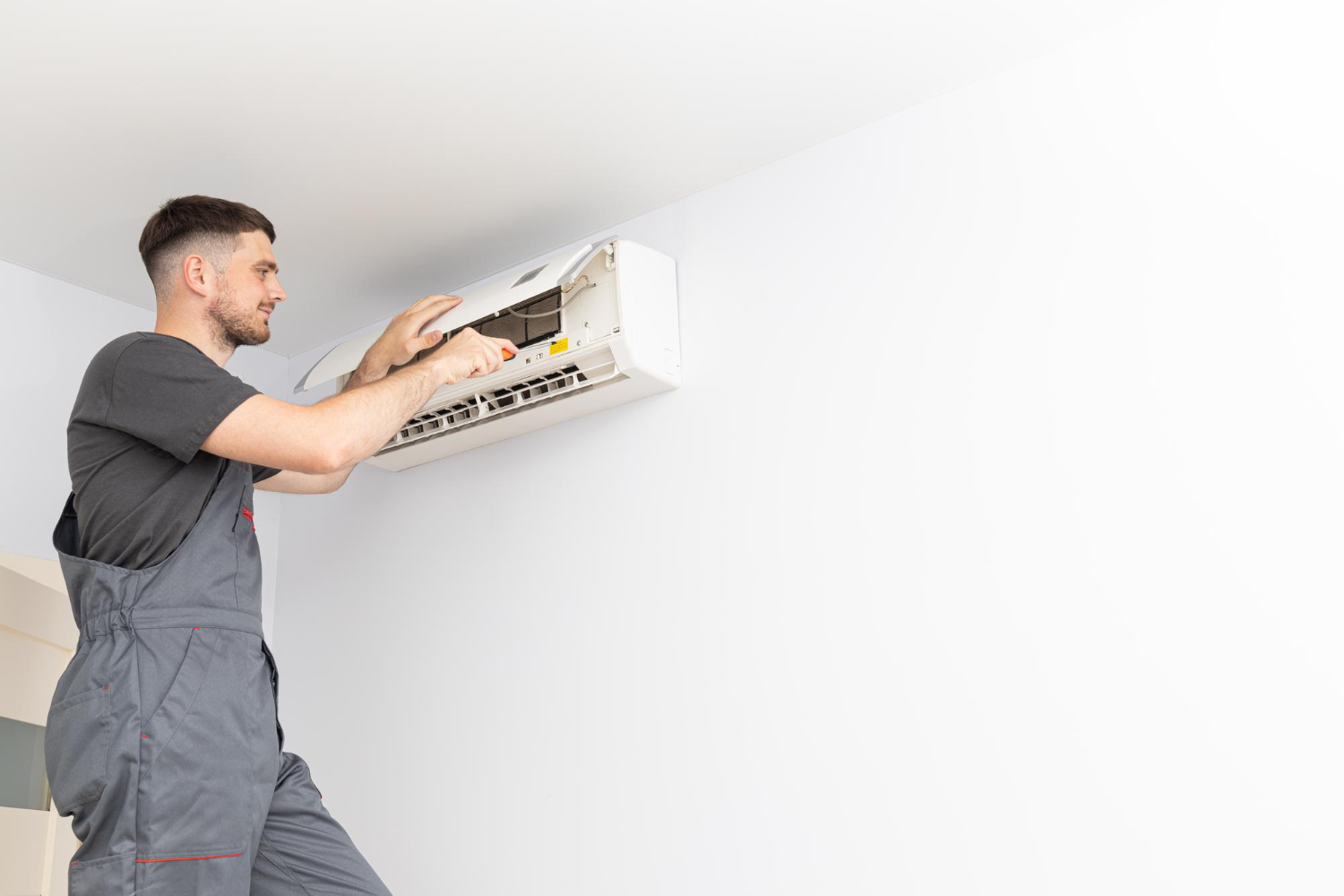The HVAC (Heating, Ventilation, and Air Conditioning) system is essential for maintaining comfortable indoor temperatures and air quality. It consists of interconnected parts that work together to regulate temperature, humidity, and airflow within a building.
The Basics Of An HVAC System
- The Compressor: This vital component pressurizes the refrigerant gas before it enters the condenser coil.
- The Condenser Coil: Located outside the building, this coil releases heat from the refrigerant into the surrounding environment.
- The Evaporator Coil: Positioned inside the building, this coil absorbs heat from indoor air as it passes over it.
- The Expansion Valve: This valve regulates the flow of refrigerant into the evaporator coil, controlling its pressure and temperature.
- The Blower Motor: Found in both heating and cooling systems, this motor circulates conditioned air throughout your home or office space via ductwork.
- Ductwork: These channels distribute conditioned air throughout different areas of a building while also returning stale air back to be reconditioned.
- Thermostat: Acting as a control center for your HVAC system, this device allows you to set desired temperatures and adjust settings accordingly.
The Vital Role Of An Accumulator In The Suction Line
An accumulator plays a critical role in ensuring optimal performance and efficiency within an HVAC system’s suction line by separating any liquid refrigerant from gaseous refrigerant entering into the compressor unit. It prevents liquid refrigerant from reaching sensitive compressor components, protecting against potential damage caused by liquid slugging. Additionally, accumulators help maintain proper oil return rates and act as reservoirs for excess refrigerants during periods of low cooling demand, ensuring consistent performance while reducing strain on compressors.
How Accumulators Contribute To Overall Efficiency
Efficiency is crucial in any HVAC system as it directly impacts energy consumption and operating costs. Accumulators contribute to improved efficiency by:
- Preventing Liquid Slugging: By separating liquid refrigerants from gaseous ones entering compressors, accumulators ensure smooth operation and extend the lifespan of critical components.
- Enhancing Oil Return: Facilitating proper oil return rates prevents lubrication issues that hinder performance or cause premature wear.
- Reducing Strain on Compressors: Storing excess refrigerants reduces unnecessary load on compressors during startup cycles.
- Ensuring Consistent Performance: Releasing stored refrigerants when needed provides reliable comfort throughout your space, even during peak cooling demands.
How The Accumulator Works
The accumulator is a vital component in the suction line of your HVAC system, responsible for managing refrigerant flow and ensuring efficient operation. It works by:
- Collecting Excess Liquid Refrigerant: The accumulator collects excess liquid refrigerant from the evaporator coil, preventing it from entering the compressor.
- Separating Liquid and Vapor: Inside the accumulator, an inlet tube allows liquid refrigerant to enter, while a baffle or mesh screen separates remaining droplets of liquid from vapor. Only vaporized refrigerant exits through the outlet tube towards the compressor.
- Maintaining Pressure Balance: Accumulators help maintain pressure balance within different sections of your HVAC system by collecting excess liquid refrigerant and regulating pressure levels.
- Preventing Compressor Damage: By preventing excessive liquid from entering the compressor, accumulators protect critical components from potential damage due to hydraulic lock or slugging.
- Enhancing Efficiency & Performance: Accumulators contribute to optimal system performance by maintaining proper refrigerant flow and preventing fluctuations in pressure caused by varying load conditions or changes in ambient temperature.
Recognizing A Faulty Accumulator
It’s important to recognize signs of a malfunctioning accumulator in your HVAC system to address issues promptly. Common signs include inadequate cooling or heating, frost buildup on refrigerant lines, increased energy consumption, strange noises coming from the unit, and reduced airflow. If you observe any of these symptoms, it’s crucial to consult with a professional HVAC technician for accurate assessment and resolution.
Maintaining And Replacing Your Accumulator
Maintaining your HVAC system’s accumulator is essential for peak performance and long-term durability. Regularly inspect the accumulator for any signs of damage or wear, keep the area clean, monitor refrigerant levels, and schedule professional maintenance visits. If replacement is necessary, consult with an expert technician and opt for original equipment manufacturer (OEM) parts for optimal performance and reliability.
Choosing The Right Accumulator For Your HVAC System
When selecting an accumulator for your HVAC system, consider factors such as capacity, compatibility, quality, size, OEM recommendations, installation requirements, maintenance needs, and advancements in technology. Consulting with a professional HVAC technician or the manufacturer can provide further guidance in making an informed decision.
Discover more definitions in our HVAC glossary page.





